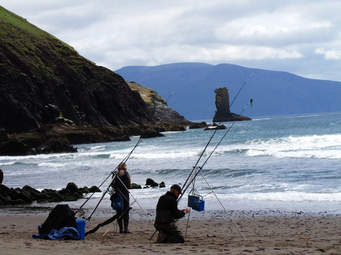
The Inauguration of the maiden ‘Eco-Tourism-Cum-Angling Festival’, a colourful event at the confluence of Sii and Sibu River at Darak in West Siang district of Arunachal Pradesh, was witnessed by people on 25 October 2019, as told to EcoTourism Expert.
Arunachal Pradesh is one of the 28 States of India and the northeastern-most state of the county where the Sunrise is first seen. Bordering Assam and Nagaland to the South it shares international borders with Bhutan in the west, Myanmar in the east and is separated from China in the north by the McMahon Line. Itanagar is the capital of the state.

Attending the festival Tourism Director Abu Tayeng said that an amount of $0.20 million has been earmarked to celebrate the festival and further assured more organized festivals of its kind shortly.
